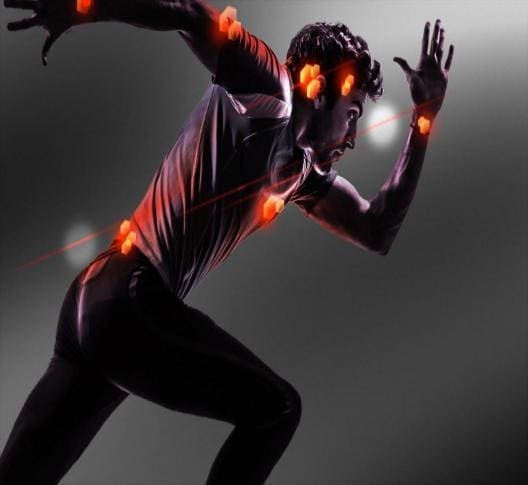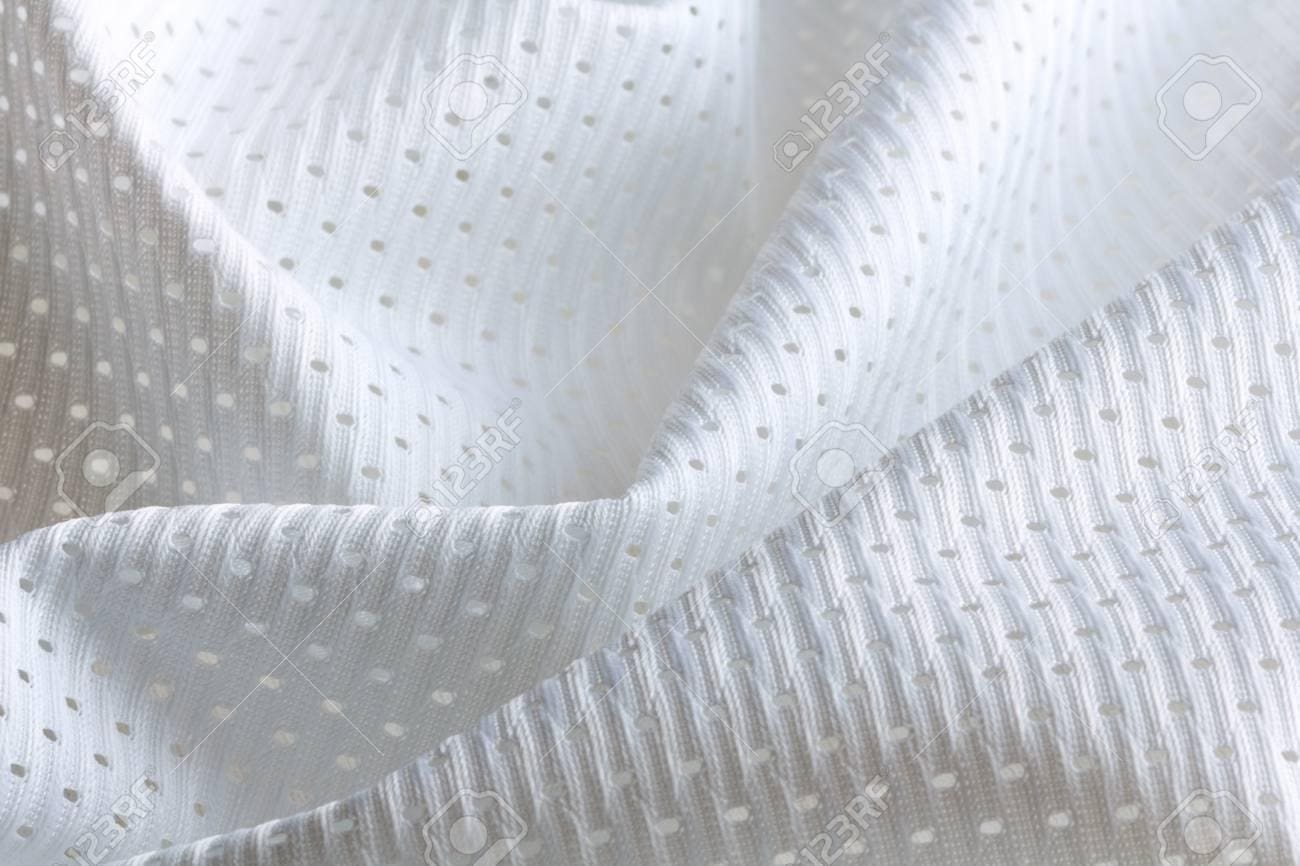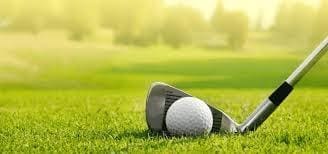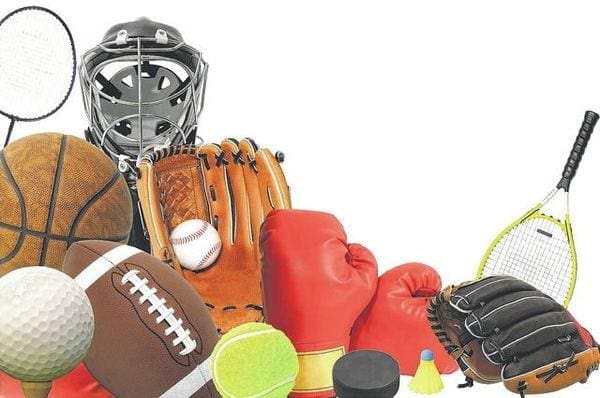TECHNOLOGICAL DEVELOPMENTS IN SPORTS TEXTILE
Abstract
India is emerging as significant market for Technical textiles. The Sportech is one of the fast growing sectors of Technical Textile which contributes around 7% of Indian technical textiles market. Sports textile sector is divided in three major categories such as sportswear, sport goods and sport accessories. Further, Sportech comprises of technical textile products used in sports and leisure such as sport shoes, sports composites, flying and sailing sports, parachute fabrics, artificial turf, ballooning fabrics etc. Textile plays a major role in sports and without textiles, sports existence is very difficult. Sports textiles, is technical textiles growing in wider range with sophisticated technology. Developments in technology has seen in manufacturing sportswear to ensure special features for better performance in their activities and to provide comfort to player. Sportswear is clothing including footwear worn for sports or exercises, it also includes garments like t-shirts, tracksuits etc. and there also specialised apparels for wet suits for swimming, cycling etc.
The use high functional and smart textiles have proven their high level of performance and succeeded in their functional properties. According to the functional requirements of sports, special apparels for specific sports are manufactured. Many fibres, yarns, fabrics and finishes developed to meet the needs of the sports sector.
Introduction
Sports textiles are one of the various branches of technical textile. In various sports, the sportswear that players wear such as: jerseys or T-shirts, trousers, shorts, caps, footwear, etc., and some sports accessories is used is known as sports textile. This type of clothing has some special features, which have been made possible by the use of high-tech and smart textile technology. Increasing interest in active sports and out-door leisure activities like flying, sailing, climbing and cycling has led to immense growth in the consumption of textile materials in manufacturing sportswear, leisure wear and related goods and equipment.
Some Essential Features of Sports Textiles
- Sports textiles must have the features of adaptability, easy to wear, easy handling etc.
- Must have the ability to transport heat and moisture i.e., fast drying and cooling function.
- Sports textiles have very high electrical conductivity, so they must have anti-static performance.
- Must be resistant to anti-microbial.
- Must have the ability to provide protection from ultraviolet rays.
- There should be good air and water permeability. Also, low water absorption of the layer of clothing facing the skin.
- Must have the ability to absorb moisture quickly. So that the body absorbs sweat from the skin quickly and helps to keep the skin dry.
- It should be strong and durable and should be as light as possible.
- Since this sports textile is known as thermal conductivity, it makes it possible to feel cool in summer and warmer in winter.
- Sports textiles guarantee a better level of defense than natural and man-made fibers. They also block UV-A and UV-B rays, which are dangerous for the skin.
- Easy care, smart and functional design.
Requirements for Functional Sportswear
Functional: For functional sportswear needs super light-weight, low fluid resistance, and super high persistence and stretch ablility. For those that are seeking comfort and healthy pursuits crucial characteristics include thermal regulation, Ultra-violet resistance, sweat absorption and quick drying, vapor permeableness.
Aesthetics: From sensitivity or aesthetics perspective softness, surface texture, handle, luster, color and comfort are important factors
Main Raw Materials of Sportswear
The fabric used to make sportswear can be made using both natural and synthetic fibers. The list of that fibers is mentioned below:
Table 1. Raw Materials
| Natural Fibers | Synthetic Fibers | Special Synthetic Fibers |
| 1. Cotton | 1. Polyester | 1. Micro fiber |
| 2. Wool | 2. Nylon | 2. Carbon fiber |
| 3. Silk | 3. Spandex | 3. Dacron |
| 4. Polypropylene | 4. Lycra | |
| 5. Aramids | 5. Roica | |
| 6. Acrylic | 6. Leofeel |
Special fibres used
- Killat N23
Killat N from Kanebo Ltd. is a nylon hollow filament. The hollow portion is about 33 per cent of the cross section of each filament, due to which it gives good water absorbency and warmth retentive property. The manufacturing technology of Killat N is very interesting. The yarn is spun as bicomponent filament yarn with soluble polyester copolymer as the core portion and nylon as the skin portion. Then by giving alkali weight loss treatment the soluble polyester copolymer of the bicomponent filament will dissolve and a large hollow portion (exceeding 30 per cent of the cross section) will be created.
- Dacron
4-Channel Polyester– a generic term for a high-performance four-channel fibre engineered to move moisture and speed the evaporation of perspiration. It is a superior fabric for wicking action, drying time, moisture absorption and transport. A high-performance, four-channel fibre engineered to move moisture and speed the evaporation of perspiration. It is a superior fabric, for wicking action, drying time, moisture absorption and transport.
- Lycra25
Lycra, a truly synthetic fibre of long chain polymer composed of at least 85% segmented polyurethane, finds wide range of end uses such as swimwear, active sportswear, floor gymnastics because of its comfort and fit2O. Adding Lycra to a fabric gives it stretch and recovery, particularly in gymnastics and swimwear where body skin flexing and stretching are inevitable. Lycra T-9026 requires still effort for the same extensibility.
- Roica and Leofeel
Roica is a polyether type spandex made by dry spinning method and Leofeel is a soft nylon-66 yarn developed by Asahi Chemical. The combination of Roica and Leofeel in mixed knitted tricot fabric gives a soft touch and excellent stretch. It is mainly used in swim wear.
Fabrics
- “Entrant Dermizax EV” is a lightweight fabric having a feather smooth texture with excellent waterproof/moisture permeability and durable water repellent such as 20,000 mm of water pressure resistance and moisture permeability of 30,000 g/m2 /24 hrs. It is an excellent and original active sportswear fabric with globally top class water proof/moisture permeability, as well as excellently durable water repellent. Its action of waterproofing and moisture permeability is shown in Figure 7.
- “Entrant HB“is a new generation fabric with hybrid structure that energetically integrates the advantages offered by a coating (well-balanced moisture permeability) and lamination (high water-proof). It has high resistance to water pressure and high durability against repeated washings (80 points or higher after 20 wash cycles). Its main application is outdoor wear.
- Torayhas developed “H2OFF” made up of polyester microfibre fabric with a unique high-density weave structure comprising millions of micro-crimped fibre loops. It also feature superb and durable water repellent, superior breath ability and wind-chill resistance and attractiveness with soft hand.
- Naiva30: Unitika has developed Naiva fabric by combining the Naiva yarn with a nylon microfibre. Naiva is an Eval/nylon bi-component filament yarn and Eval is nothing but a copolymer resin of ethylene Naiva yarn composition is 55% Eval (23% ethylene + 32% vinyl alcohol) and 45% nylon. In the Naiva fabrics there are many nylon micro loops on the surface, which are formed by making use of high thermal shrinkage property of Naiva yarn. Naiva fabric not only has good moisture permeability but also has some other positive features like lightweight, softness and has capability of secondary finishing. The fabric is very successfully used in mountaineering wear and other active sportswear.
- Field Sensor21:Field Sensor is a very popular high-performance fabric from Toray, which employs a multi-layer structure that not only absorbs perspiration quickly but also transports it up to the outer layer of fabric very rapidly using principle of capillary action. It is composed of coarser denier yarn on the inside surface (in direct contact with skin), and fine denier hydrophobic polyester yarn in a mesh construction on the outer surface to accelerate quick evaporation of sweat.
- COOLMAX®: DuPont CoolMax®is a high-performance fabric that can help the athletic performance of the people who wear it. CoolMax® moves sweat away from the body to the outer layer of the fabric, where it dries faster than any other fabric. In moisture management tests, garments made with CoolMax® dried almost completely in 30 minutes. Cotton, by comparison, remained wet by nearly 50%.
Better evaporation means you spend less energy to cool your body, which increases your performance and endurance. CoolMax® fabrics are specially designed to provide not only superior moisture management, but also to enhance the wearer’s comfort. All of the benefits of CoolMax® fabrics are permanently built right into the fibre, requiring no chemical treatments.
Applications of Sports Textiles
Currently the use of sports textiles is increasing day by day. Clothing and sports equipment used in various sports, clothing and mats used in yoga exercises are all contributions of sports textiles. Here are some uses:
T-shirts, Trousers, Shorts, Jerseys, Tracksuits, Caps, Sports bras, Shoes and various sports equipment such as Football/volleyball, Sports net, Gloves, Pads, Mats etc. are used for all types of sports in Golf, Tennis, Mountaineering, Skiing, Cricket, Football, Volleyball, Swimming, Summer and Winter Sports and Olympic Games. It also includes some inner-wear and jockstraps for athletes. Also, among the special uses of sportswear are swimming costume, sleeping bags, ballooning fabrics and parachute fabrics. Artificial turfs (grassland or carpet), this technology is also used in Sportech.
Use of Hi-tech and Smart Technology in Sportswear

Figure 2. Smart textiles in sportswear
The use of high-tech textile materials in sports is nothing new. In recent years, some fabrics and designs have been observed that can quickly remove moisture from the body, meaning it absorbs sweat faster and dries the skin. The patches on all black jerseys help players dry their hands faster so they can grip better.
On the other hand, some smart technologies are being used equally, so that the clothes can understand the player’s heart rate, temperature and other physiological information. Technological textiles have been able to produce some materials harder than wood which keep the skin dry, waterproof like rubber and at the same time environmentally friendly and highly profitable. Due to the widespread use of advanced and smart technology in today’s sports textiles, it is becoming possible to produce high quality and high-performance sports garments and the quality of sports textiles is increasing day by day.
Breathable Sports Textiles

Figure 3. Breathable sportswear
Different motives in the workplace make it mandatory for some people to wear special protective clothing. However, those who play different sports prefer the desired outfits that directly affect the performance, as the comfort and ease of the outfit is associated with the performance. As a result, it is quite useful to make sure that sportswear has certain features. The most basic property of sportswear, of course, is shortness of breath. The word respiration refers to the fact that there is active ventilation through the fabric. Breathable fabrics measure the moisture or vapor transmission rate, that is, whether moisture enters the fabric quickly or slowly. Breathable sportswear must ensure maximum heat and humidity control, good air and water vapor permeability, rapid moisture absorption and easy mobility, flexibility near the skin, quick drying, minimal water absorption, easy care, light and delicate feel. Special finishing processes can be used to increase the difference in surface strength between the front and back of a fabric to increase the ability to keep sweat away from the body.
Artificial Turfs
Artificial turf is a covering of synthetic fibers made to look like natural grass. It is often used on various playgrounds, which are played on the grass outside, such as: football, cricket, tennis, golf, hockey, etc. In addition to the playground, it is now being used in various residential lawns, airports and commercial purposes. These artificial turfs are used in stadiums that are covered, partially covered, where sunlight does not reach.

Figure 4. Artificial Turfs
As a result, it is not necessary to take care of the field grass or prune the grass. However, there are some downsides to artificial turf, such as: low durability, the need for periodic cleaning, the use of petroleum, and toxic chemicals from infill, and health and safety concerns.
Conclusion
Through continuous research and improvement, a number of other features such as respiratory water resistance, odourless clothing etc. are being associated with sports textiles. This is leading to a few notable technological developments. The production of breathable sportswear in various combinations will undoubtedly increase the level of comfort in sportswear. These qualities are needed to keep players dry and confident. Breathable fabrics combined with features such as UV protection, skins and compression garments are advancing in the field of breathable sportswear technology with the aim of enhancing performance in sports. Also, through the application of the smart textiles & wearable technologies, sports textiles are performing more functional activities easily & smartly.
Acknowledgement
The author of this article thankful to the Management of GRG Institutions for their continuous support, valuable guidance and inputs.
References
- https://www.technicaltextile.net
- https://www.fiber2fashion.com
- https://www.pledgesports.org
- Dr V K Kothari: Technical Textiles – Growth Potential and Prospects in India.
- www.feelmaxsport.com/CoolMax%20info_eng.pdf.
- http://www.vutch.sk.
- http://www.spiuk.com.
- www.design-technology.org/sportsshoes1.htm.
- https://www.ulster.ac.uk/scienceinsociety/technologyinsport.html
- https://www.ittaindia.org
- https://www2.dupont.com/Sporting_Goods/en_US/assets/downloads/ap81069.pdf
- https://www.wraindia.com/MOTProject
- Source: www.global.adidas.com/
Article By:
J. ANANDHAKUMAR
M.Tech.M.B.A. Ph.D.
Lecturer, Department of Textile Processing,
GRG Polytechnic College, Coimbatore, India

